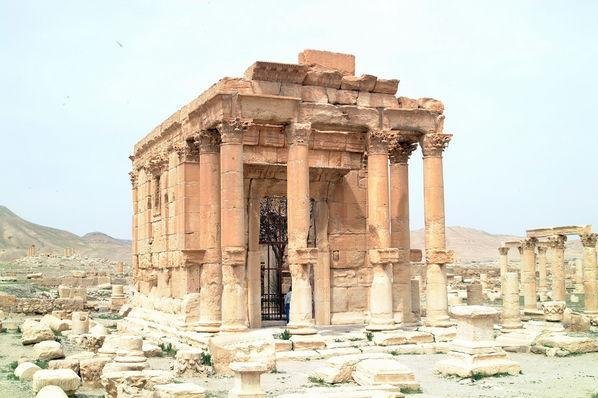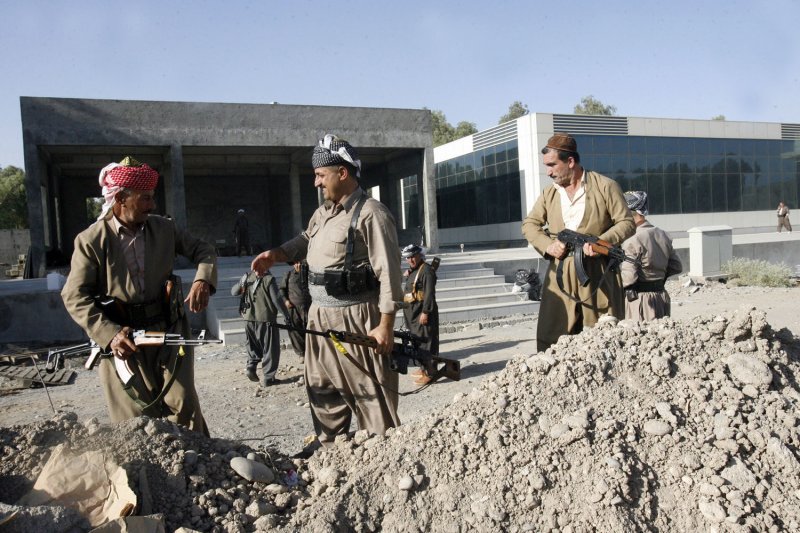Interesting history of Palmyra by the National Geographic
How Ancient Palmyra, Now in ISIS's Grip, Grew Rich and PowerfulA distinctly multicultural trading center grew rich on trade between east and west, until it rebelled against its most powerful customer.

Palmyra grew fabulously wealthy as a middleman for trade between the Mediterranean and Mesopotamia, and its citizens donated generously to massive building campaigns.
PHOTOGRAPH BY PAULE SEUX, HEMIS/CORBIS
By Kristin Romey, National Geographic
PUBLISHED WED AUG 26 15:15:00 EDT 2015
In Palmyra, history is literally written on the walls: across temples and above doorways, encircling funerary monuments and snaking up the towering limestone columns that rise above the Syrian desert some 134 miles (215 km) northeast of Damascus.
These inscriptions were often written both in Greek and Palmyrene Aramaic, a bilingual phenomenon unique to Palmyra. The site is a UNESCO World Heritage site that has been a focus of international attention since May, when the Islamic State (ISIS) seized the territory around the ancient ruins.
How Ancient Palmyra, Now in ISIS's Grip, Grew Rich and Powerful
How Ancient Palmyra, Now in ISIS's Grip, Grew Rich and PowerfulA distinctly multicultural trading center grew rich on trade between east and west, until it rebelled against its most powerful customer.

Palmyra grew fabulously wealthy as a middleman for trade between the Mediterranean and Mesopotamia, and its citizens donated generously to massive building campaigns.
PHOTOGRAPH BY PAULE SEUX, HEMIS/CORBIS
By Kristin Romey, National Geographic
PUBLISHED WED AUG 26 15:15:00 EDT 2015
In Palmyra, history is literally written on the walls: across temples and above doorways, encircling funerary monuments and snaking up the towering limestone columns that rise above the Syrian desert some 134 miles (215 km) northeast of Damascus.
These inscriptions were often written both in Greek and Palmyrene Aramaic, a bilingual phenomenon unique to Palmyra. The site is a UNESCO World Heritage site that has been a focus of international attention since May, when the Islamic State (ISIS) seized the territory around the ancient ruins.
- The inscriptions provide unique insight into life in a distinctive frontier city where, for centuries, local merchants controlled trade between the Mediterranean and Mesopotamia. (Read about out how Palmyra thrived in an infertile desert.)
How Ancient Palmyra, Now in ISIS's Grip, Grew Rich and Powerful

